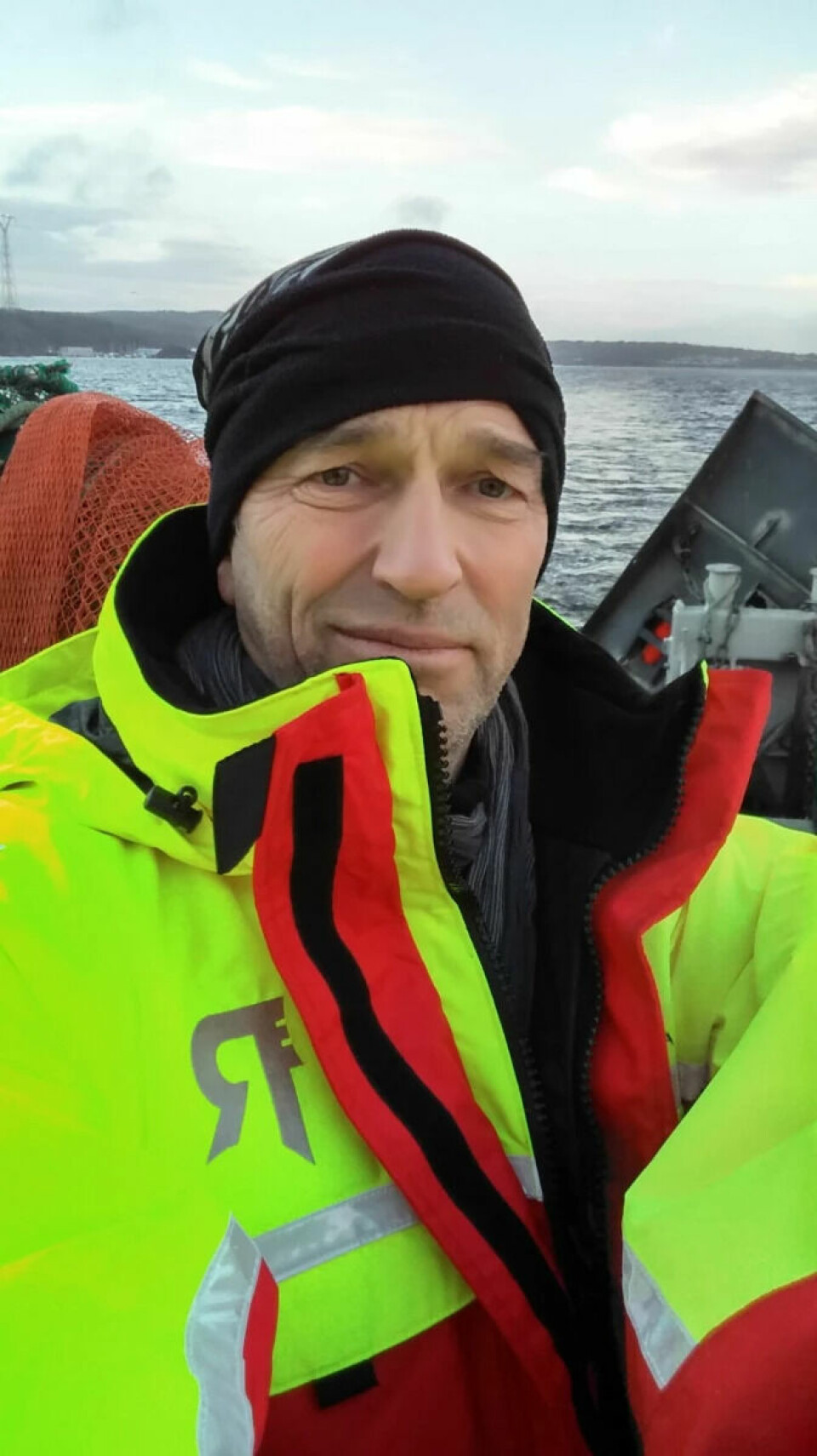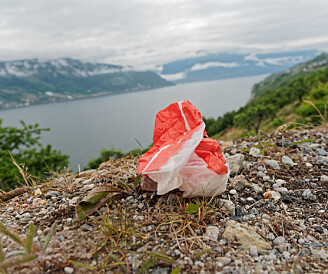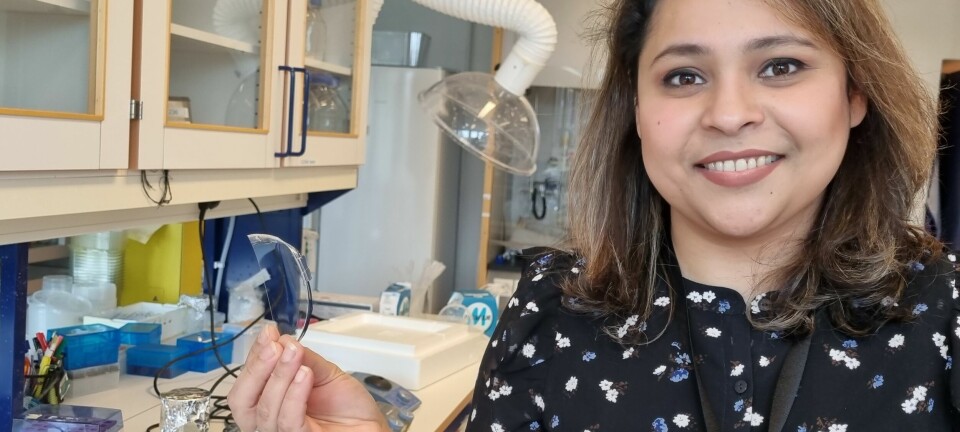
171 trillion pieces of plastic are floating around in our oceans
In 2005, there were only 16 trillion.
By 2040, the number could triple.
And this is only what is floating on the surface of the oceans.
There is much more plastic at the bottom of the oceans.
Plastic can kill fish and other animals, and it takes centuries to break down.
Massive increase since 2005
Researchers reviewed old and new figures on how much plastic was in the oceans, to be able to calculate how much plastic there is in the oceans today.
It is important to understand how the development of plastic in the oceans has increased, to see how this affects humans and nature.
The researchers found that there has been a sharp increase in plastic in the oceans from 2005 until today.
They are unsure why the figures before 2005 vary, but it may be because of how plastic breaks down, that there was not as much research into plastic in the oceans before 2005, or that strict agreements on littering became voluntary.
“The 171 trillion pieces are made up of both recently discarded plastics and older pieces that have broken down,” researcher Marcus Eriksen told BBC News.
But this is only on the surface of the oceans.

The majority sinks to the bottom
As much as 94 per cent of all plastic that ends up in the oceans sinks to the bottom, according to WWF.
5 per cent is washed up on beaches, and 1 per cent remains on the ocean surface.
It is therefore difficult to know how much plastic there really is in the oceans.
“It's really a bit strange that we don't have better figures on how much plastic is in the oceans, but we have pretty good calculations on how much ends up in the oceans each year,” Professor Ketil Hylland at the Department of Biosciences tells sciencenorway.no.
The UN assumes that between 9 and 14 million tonnes of plastic are thrown into the oceans each year.
“Most things sink and end up at the bottom, and since the oceans are almost 4 kilometres deep on average, it goes without saying that we don't have good figures on what ends up there. Small plastic particles can also stay floating for a long time, so there is probably some in the seawater as well, but this will only be really small particles,” Hylland says.
But why is there so much plastic in the oceans?
There are many different ways in which plastic ends up in our oceans.
From overflowing bins, littering the streets, fishermen losing fishing equipment in the sea, or dumping waste into the water.
Consumer-related waste is one of the main sources of litter in the sea, according to the Norwegian Centre against Marine Litter.
This includes plastic bags, bottles, food packaging, and beach toys.
A lot of plastic also comes from the production of cars, road construction, agriculture, and other large workplaces.
“The most problematic for the oceans, is probably fishing gear that has been lost. In addition to being plastic, and therefore breaking down very slowly, they catch animals in the oceans all the time,” Hylland says. “Small pieces of plastic are also eaten by seabirds, and larger pieces by turtles and some whale species.”
Styrofoam crumbles
You have probably received a package in the mail that used styrofoam to keep the contents from breaking.
Styrofoam is used for many different things, but when it ends up in the oceans, it crumbles.
It breaks down into tiny pieces and is almost impossible to clean up. It is also difficult to find out where the styrofoam came from.
It can harm animals and nature.

What can you do?
“It is very difficult to avoid plastic completely – the most important thing in the short term is to reduce and eventually remove single-use plastic,” Ketil Hylland says. “We can achieve this by using drinking bottles, preferably made of glass or metal, and not buying drinks in plastic bottles, by using tote bags instead of buying plastic bags (and if we have plastic bags, using them several times), and avoiding unnecessary plastic packaging. We also need to properly recycle our plastics.”
Single-use plastics are typically straws, plastic cups or Q-tips, and were banned in Norway in 2021.
———
Translated by Alette Bjordal Gjellesvik.
Read the Norwegian version of this article on ung.forskning.no
------




































